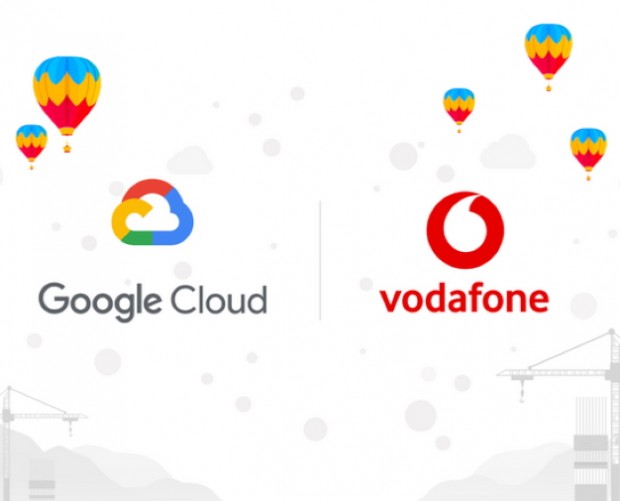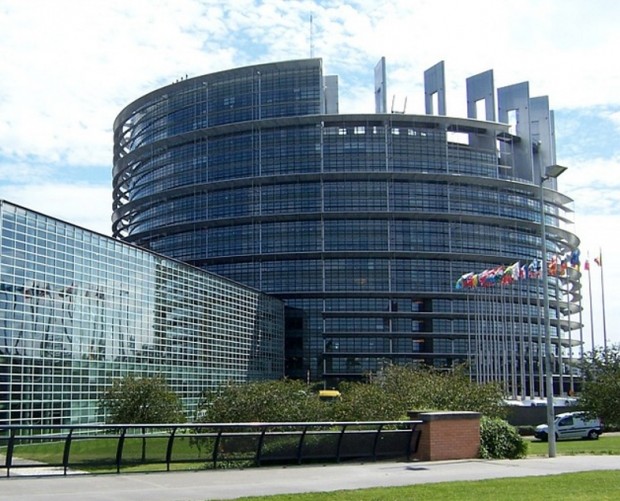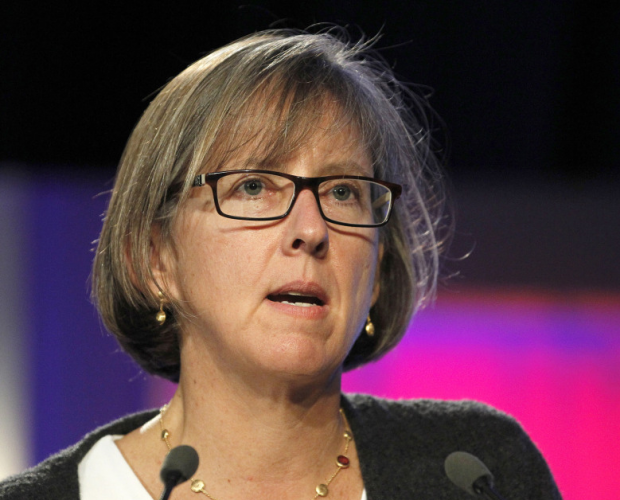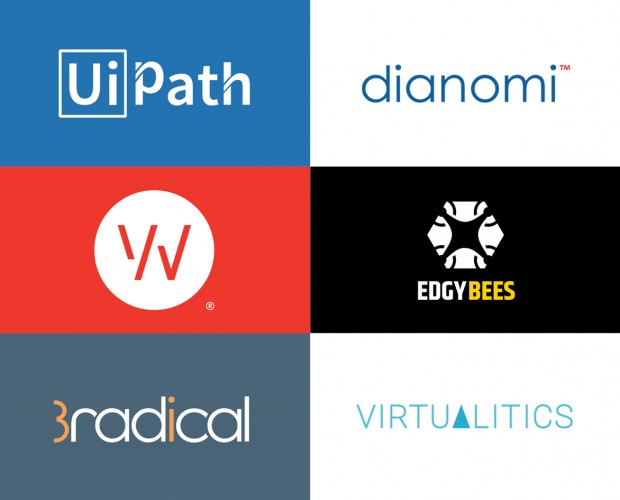What is Twitter Planning for its Data Business?
- Wednesday, March 4th, 2015
- Share this article:
 Twitter has struggled to transform itself into a sustainable advertising platform, plagued by poor click-through-rates, low revenues and brands turned off by bots and abandoned accounts. However, the wealth of data it accumulates in real-time may prove a solution to its struggling revenues.
Twitter has struggled to transform itself into a sustainable advertising platform, plagued by poor click-through-rates, low revenues and brands turned off by bots and abandoned accounts. However, the wealth of data it accumulates in real-time may prove a solution to its struggling revenues.
Last year, Twitter accelerated its data strategy by acquiring social data firm Gnip, which had served as a data partner to the company for several years, for $134m (£87m), adding the Gnip employees to its existing data team to bring the unit up to around 110 employees, which will grow further in 2015.
With the help of Gnip, Twitter is able to licence its data to software providers like IBM, Saleforce and Oracle who are able to use big data analysis tools to provide brands with an overview of how they are perceive by consumers, and what they need to change to improve.
According to Business Insider, Twitters data licensing revenue was up 105 per cent year-on-year in Q4 2014, bringing in $45m. While this was only 9.5 per cent of Twitters total revenues over the period, there are indications that this figure is about to grow rapidly.
Among Twitters plans to better utilise its data are more accurately tracking where its tweets are displayed, and getting money from what it terms logged out users – those who see tweets on other websites, in newspapers or on TV but arent actually registered.
By calculating the reach of a tweet beyond its initial audience on Twitter, businesses can make better marketing decisions about where to place advertising money. Earlier this month, Twitter announced its plans to syndicate sponsored tweets on Flipboard and Yahoo Japan, which will also give it access to data from those sites.
Twitters partnership with IBM, which gives thousands of business customers access to Twitter data through their existing dashboards, may well prove essential to Twitters data business. As part of the deal, IBM has committed to training 10,000 consultants, who will go on to instruct people how to use the data that Twitter provides.
It has the potential to radically increase the use of Twitters data on a scale that its small data team could never achieve, and also give hundreds of thousands of marketers insight into how to get the best from the wealth of data that Twitter can provide, transforming Twitters data into a central pillar of its future revenues.















